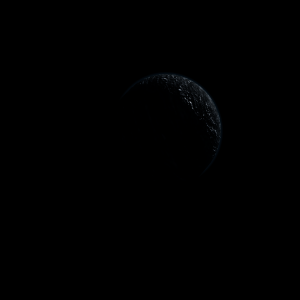|
|
Space Astro
|
Info for exoplanet "Zabumya"
| Scientific (actual) data |
|---|
| Name | TOI-2364 b |
| Planet status | Confirmed |
| Planet mass | 0.225 |
| Radius | 0.768 |
| Orbital period | 4.01975 |
| Semi major axis | 0.04871 |
| Orbit eccentricity | 0 |
| Inclination | 89.38 |
| Discovered | 2022 |
| Updated | 2025-05-07 |
| Tzero tr | 2460240 |
| Lambda angle | 7 |
| Impact parameter | 0.13 |
| K | 29.1 |
| Temperature (kelvin) | 1091 |
| Publication | Published in a refereed paper |
| Detection type | Primary Transit |
| Mass measurement type | Radial Velocity |
| Radius measurement type | Primary Transit |
| Star name | TOI-2364 |
| Right ascension | 89.13° |
| Declination | -5.01° |
| Star distance | 218.63 |
| Star metallicity | 0.344 |
| Star mass | 0.954 |
| Star radius | 0.886 |
| Star age | 3.5 |
| Star temperature | 5306 |
| Wikipedia article | TOI-2364 b |
Back
| |
| Fictional info (?) |
|---|
| Suggested name | Zabumya |
| Planet type | Hot gas giant |
|
| Atmosphere | Hydrogen chloride | 85% |
| Molecular hydrogen | 6.3% |
| Sulfur dioxide | 6% |
| Ammonium hydrosulfide (NH4SH) | 1.4% |
| Neon | 0.28% |
| Methane | 0.029% |
| Atmospheric pressure | 1.5 bar |
 |
| No known satellites |
| Google search for Zabumya |
|
Website by Joachim Michaelis
|
|
|
|